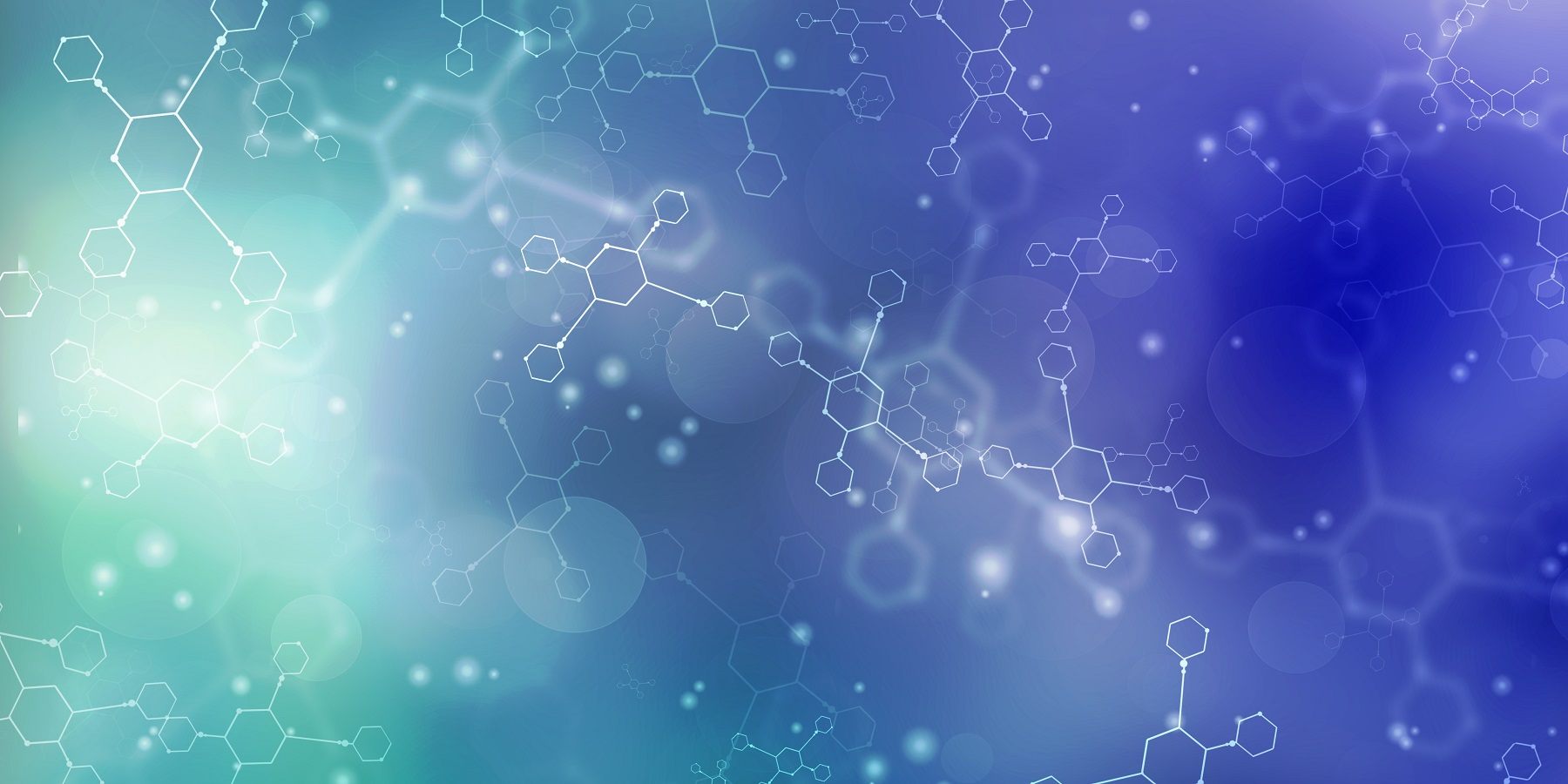| Catalog Number |
PR70166 |
| CAS |
70-16-6 |
| Structure |  |
| Description |
Thiamine(1+) is a primary alcohol that is 1,3-thiazol-3-ium substituted by (4-amino-2-methylpyrimidin-5-yl)methyl, methyl and 2-hydroxyethyl groups at positions 3, 4 and 5, respectively. It has a role as a human metabolite, a Saccharomyces cerevisiae metabolite, an Escherichia coli metabolite and a mouse metabolite. It is a primary alcohol and a vitamin B1. It is a conjugate base of a thiamine(2+). |
| Synonyms |
vitamin B1 |
| IUPAC Name |
2-[3-[(4-amino-2-methylpyrimidin-5-yl)methyl]-4-methyl-1,3-thiazol-3-ium-5-yl]ethanol |
| Molecular Weight |
265.36 |
| Molecular Formula |
C12H17N4OS+ |
| InChI |
JZRWCGZRTZMZEH-UHFFFAOYSA-N |
| InChI Key |
InChI=1S/C12H17N4OS/c1-8-11(3-4-17)18-7-16(8)6-10-5-14-9(2)15-12(10)13/h5,7,17H,3-4,6H2,1-2H3,(H2,13,14,15)/q+1 |
| Associated Therapies |
Nutritional supplementation, Vitamin supplementation, Dietary supplementation |
| Drug Categories |
Alimentary Tract and Metabolism; Diet, Food, and Nutrition; Food; Growth Substances; Micronutrients; OCT1 substrates; OCT2 Inhibitors; Physiological Phenomena; Pyrimidines; Sulfur Compounds; Thiazoles; Vitamin B Complex; Vitamins |
| Drug Interactions |
Acyclovir-The risk or severity of adverse effects can be increased when Acyclovir is combined with Thiamine.
Amantadine-The serum concentration of Amantadine can be increased when it is combined with Thiamine.
Chlorpheniramine-The risk or severity of adverse effects can be increased when Chlorpheniramine is combined with Thiamine.
Choline salicylate-The serum concentration of Choline salicylate can be increased when it is combined with Thiamine.
Cimetidine-The risk or severity of adverse effects can be increased when Cimetidine is combined with Thiamine. |
| Isomeric SMILES |
CC1=C(SC=[N+]1CC2=CN=C(N=C2N)C)CCO |
| Type |
Small Molecule |
| Therapeutic Category |
Supplyments |
It should be noted that our service is only used for research, not for clinical use.

